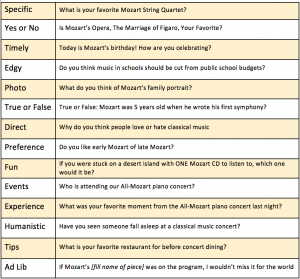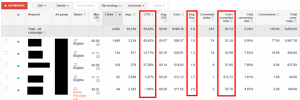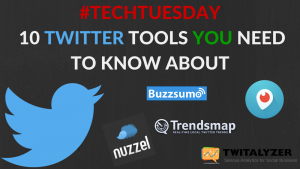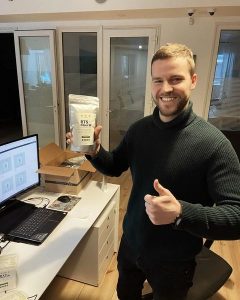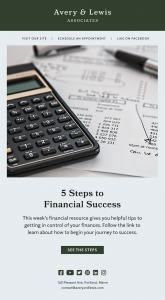
Focus groups are used by marketing professionals for a variety of reasons. A focus group is a group of people selected to partake in discussions surrounding the early stages of product or concept development, the evaluation of services or test new ideas for feedback. In these interactive group settings, the focus group provides their opinions and thoughts on the topic of discussion. It is a form of qualitative research where participants are recruited on the basis of similar demographics, psychographics, buying attitudes, or behaviors and are guided through a discussion by a marketing professional or moderator.
Interviewing in a focus group setting, encourages the participants to share their true opinions and thoughts. From this feedback, a company can receive valuable information about the potential market acceptance of the product or service. To conduct a successful focus group, we recommend following this framework.
Preparation
Define Objective
You first need to identify the objective of the meeting. What information about your company, product, or service would you like to obtain from your focus group? Create structured questions that will prompt the participants to contribute as much feedback as possible. The more feedback you receive, the more information you have to inform your overall objective. You should also determine what team members will be involved whether it be for planning, brainstorming, facilitating or analysis.
Participants
After defining your meeting objective, you can determine who you want to participate in your focus group. While it is up to your team to decide how many people you want to be in your focus group, they are typically comprised of 6-12 people. We recommend around 6-8 people as this size allows for an easier flow of discussion and an ideal amount of feedback. After calling your participants, send them a follow-up invitation with a proposed agenda, session time, and in some cases, the list of questions the group will discuss. Send a reminder a few days before along with any updated information so they are prepared for your meeting.
Materials
Gather a video recorder, audio recorder, batteries and back-up batteries for the recorder, or charging device if it requires a charger instead. Perform a test recording to ensure that the technology works properly.
Question Development
When developing your questions, keep in mind the time you have set aside. Focus group sessions typically last around 1-1.5 hours which gives you enough time to ask five or six questions. Give yourself an estimated time limit for each question (e.g. 12 minutes per one question or 25 minutes total for two questions). The questions you ask should be open-ended and will allow participants to provide their responses with no restraints that close-ended questions would have. Ultimately, this step of the process should be focused on brainstorming.
Session Planning
Session planning requires different elements, but most importantly, location and ground rules. Ideally, you should hold sessions in a conference room setting with adequate air flow and lighting. This allows your participants to feel comfortable.
It’s also important to set a few ground rules before facilitating. Consider these rules:
- Keep focused – Plan to keep your session focused on the topic and questions you are asking. Any off-topic discussion can impact the quality and relevance of your feedback.
- Maintain momentum – If you notice that the participants are digging deep into one particular question, it’s ok to go off-script. Continue with those discussions and adjust your questions accordingly.
- Get closure on questions – If you find that you are uncertain what an answer meant, get clarification. You don’t want to look back at your feedback and find you didn’t fully understand what they were conveying. This will deter you from using the feedback to inform your objective.
Facilitating the Session
You’ve prepared for the session, developed questions and created a plan. Now it’s time to facilitate! To start, introduce the moderator and give an overview of their role as well as explain the purpose of the session. Give a quick snapshot of the tools you are using to record the interview and provide instruction as to how participants should communicate so that their responses are properly captured. Articulate your questions clearly so the participants are able to give their best answer possible. After the focus group has completed, give a recap of why they were part of the group, what the purpose was and how their feedback will be used. Thank each participant for their time and let them know their input was incredibly valuable.
Analyze your notes, recordings and any additional materials received from participants and use them to inform your strategy, messaging or other marketing purposes.
Business & Finance Articles on Business 2 Community
(86)
Report Post

